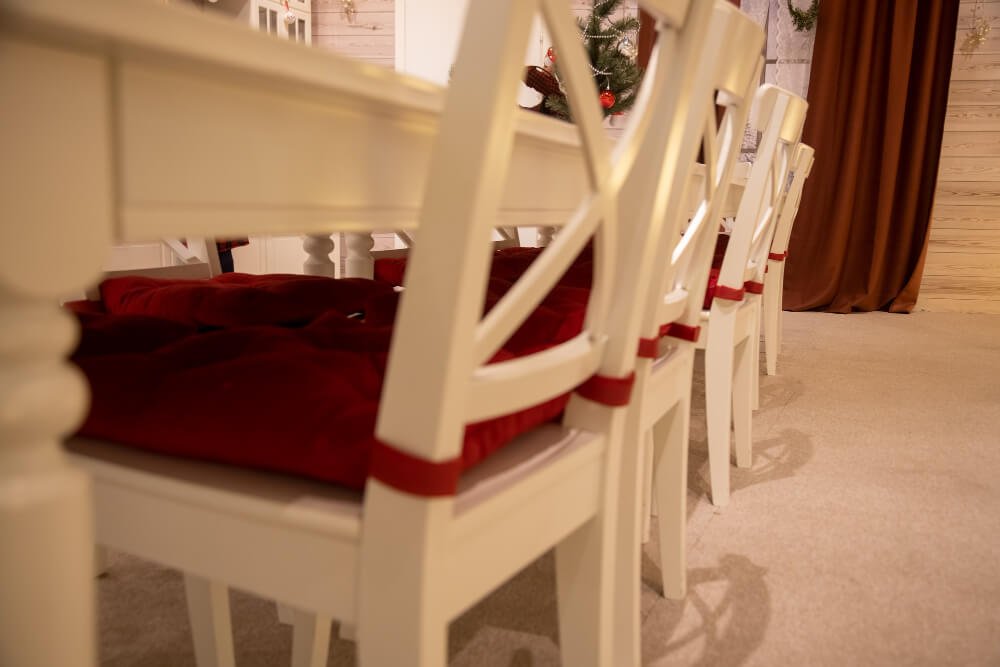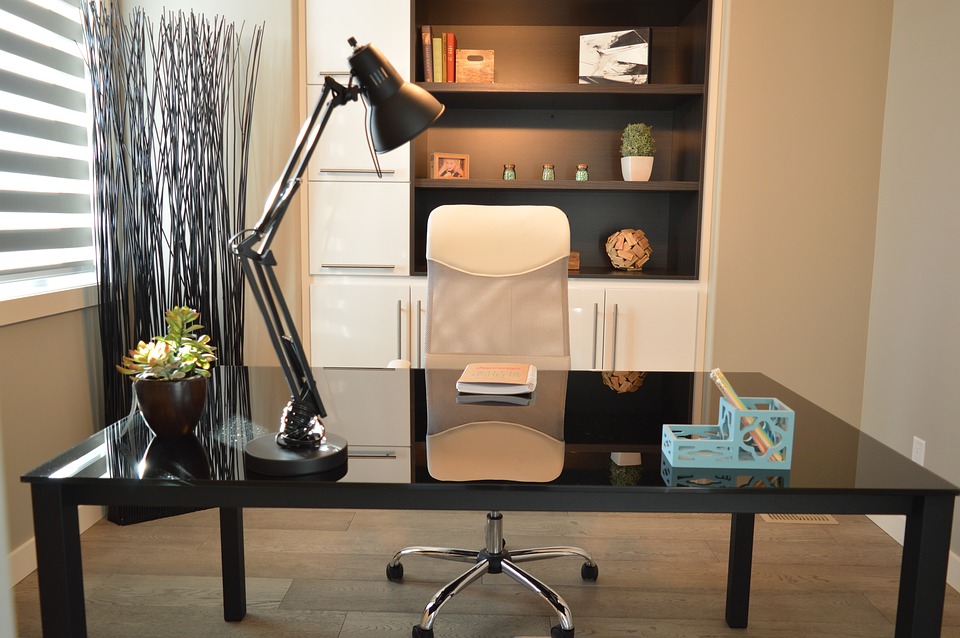When it comes to dining seating options, you do not only have to choose individual chairs all the time. A dining bench can be a great choice depending on many factors. Let’s find out more about dining bench seats.
What Is A Dining Bench?
A bench is a long seat that allows more than one person to sit. It is usually made of wood but may also be made of metal or synthetic materials. Other types of benches also come with cushions and upholstery to make them more comfortable and stylish.
In the dining room, a dining bench is a functional piece of furniture that creates a casual, cozy, and intimate dining experience while helping you save some space.
Reasons For Getting A Dining Bench
If you are hoping to convince yourself to get a dining bench seat, here are reasons why you may need one:
1. It Provides Additional Seating
Worried about extra seating space for guests? A dining bench can be a viable solution for accommodating them on the table without squeezing in additional chairs.
2. It Is Well-Suited For Families With Small Kids
If you are a big family with little kids, a dining bench can sit them comfortably without taking up much space for individual chairs. Even if you don’t have little kids, this setup is also helpful if your family members have small bodies.
3. It Is Suitable For Starting Families
New and starting families can use a dining bench that provides for additional seating in the future. A bench can also make an excellent adult-kid dining arrangement in one seat.
4. It Creates A Cozy And Casual Dining Room Setting
If you want a casual and laid-back dining atmosphere, a dining bench can help create this look and feel. You can also choose a dining bench for your patio, garden, or deck, where gatherings, snacks, and other fun things happen.
5. It Can Help Utilize Unused Spaces In Your Dining Area
Thinking about an awkward space by your window or corner in your room? A dining bench can be a perfect solution for utilizing unused spaces in your dining area. For example, you can use a dining bench in your bay window or alcove in your dining area.
6. It Is A Great Space-Saver
As long as you choose a dining bench with the correct dimensions, you can have real space-saving furniture. You can push your bench all the way under your table, which gives you a spacious area around the dining table when not in use. There are also built-in bench types, which are effective space-savers too.
7. It Makes Your Home Unique
If you want to create a unique home statement, get a dining bench. Most dining sets consist of a dining table and individual chairs. However, you can steer away from this setup and instead do a combination of a dining bench and individual chairs for a more unique look.
8. It Gives You Plenty Of Options
Variety is one of the benefits of getting a bench for your dining area. You will find many dining bench types made of different materials, dimensions, and styles to suit your needs. If you want to get more trendy, dining benches are also very easy to style with.
How To Choose A Dining Bench
If you decide to get a bench for your dining room, below are some tips that will help you choose the right furniture piece.
1. Pick The Correct Dimensions
To get the proper dimensions of a bench, measure your dining table first. Then, decide on the height and length of your bench. The usual height is between 18 to 20 inches or 46-51cm. The length would depend on whether you want your seat as long as your dining table or you want to tuck it under your table.
2. Choose The Appropriate Material
The material you choose for your bench will depend on factors like homestyle, comfort, and its users. For a traditional homestyle, for instance, a solid wood dining bench would look fitting. On the other hand, if you want more comfort, you can choose a cushioned, upholstered dining bench. Finally, if you have little children around, you can go for a leather-upholstered dining bench to make cleaning easier.
3. Decide On The Bench Type
Dining benches come in different types, including the ones compared below. Just go for the one that matches your needs, dining space, style, budget, and the look you want to achieve.
- Bench with backrest vs. bench with no backrest
- Banquet or built-in bench vs. detached bench
- Full-length vs. tucked-in dining bench
- Wooden vs. upholstered bench
A dining bench can combine both functionality and style. If you want a practical solution to a limited dining space, choosing a dining bench is sensible. As an added bonus, it can give your dining room a unique look and casual feel.
Read Also:






















